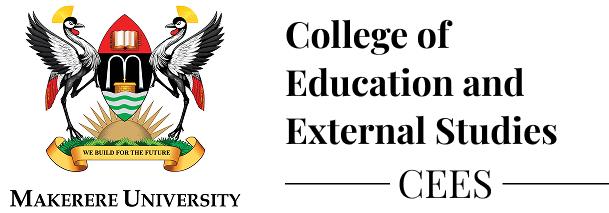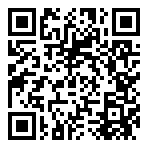Adoption of blended learning in the training of student nurses in the skills Lab in public Nursing and Midwifery schools in Uganda.
This study investigated the efficacy of blended learning in enhancing the training of student nurses within skills lab settings across public nursing and midwifery schools in Uganda. The rationale for this study stems from the numerous challenges associated with the current traditional face-to-face teaching methods commonly used in nursing education. Traditional methods rely heavily on in-person demonstrations and limited hands-on practice, which often result in insufficient student engagement and incomplete mastery of critical nursing skills. On the other hand, blended learning integrates online and offline teaching methods and offers a potential solution to current challenges by providing a more flexible and comprehensive approach to training student nurses. The study utilized a mixed methods approach, combining positivism and interpretivism to provide a comprehensive understanding of the research problem. A cross-sectional survey design was used to collect data from 80 nursing Nurse Educators, 7 principals, and 7 student representatives from 7 public nursing and midwifery schools in Uganda. Additionally, a quasi-experimental design was employed to evaluate the impact of a blended learning intervention on educator competencies. A case study at School G, involving 9 nurse educators and 10 nursing students, was also conducted. Data were collected through survey questionnaires for quantitative analysis, as well as face-to-face interviews and document reviews for qualitative insights. The findings revealed that nurse educators held positive perceptions towards adopting blended learning in skills lab settings, with many recognizing its potential to enhance student nurse training. However, the study also uncovered a significant gap in the competencies of nurse educators to implement blended learning effectively. While educators were open to the idea, many lacked the necessary skills and knowledge to use blended learning technologies optimally. The quasi-experimental analysis demonstrated a marked improvement in both educator competencies and student learning experiences within the skills lab. As a result, a framework was developed which interconnects the perceptions, competencies and technology affordances in adoption of blended learning technologies in the skill’s Lab. In conclusion, the study highlights the importance of integrating blended learning methodologies into nursing education to overcome the limitations of traditional face-to-face methods and create more dynamic and engaging learning environments. To achieve this, nursing schools should incorporate blended learning into their curricula and prioritize comprehensive training programs for both educators and students. This approach will help optimize the learning experience and better prepare nursing students for clinical practice.
Candidate: Eva Nampiima Kakonge
Date of Defense: Monday 11th November, 2024
Time: 10:00am
Venue: School of Education Board Room
Supervisors:
Assoc. Prof. Mulumba Bwanika Mathias
Dr. Badru Musisi




